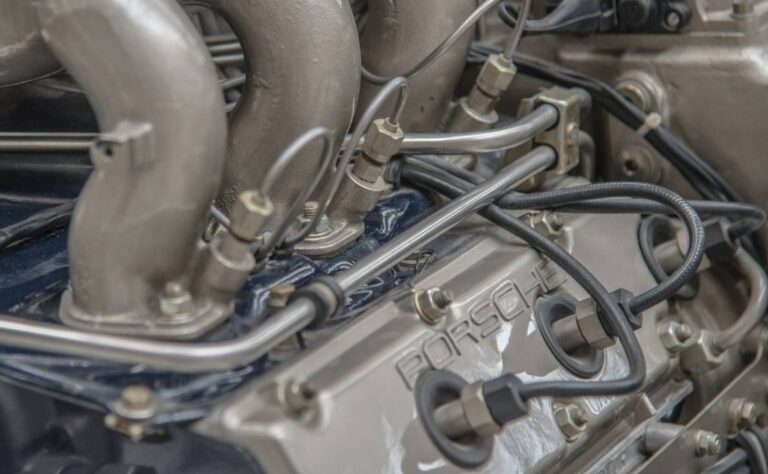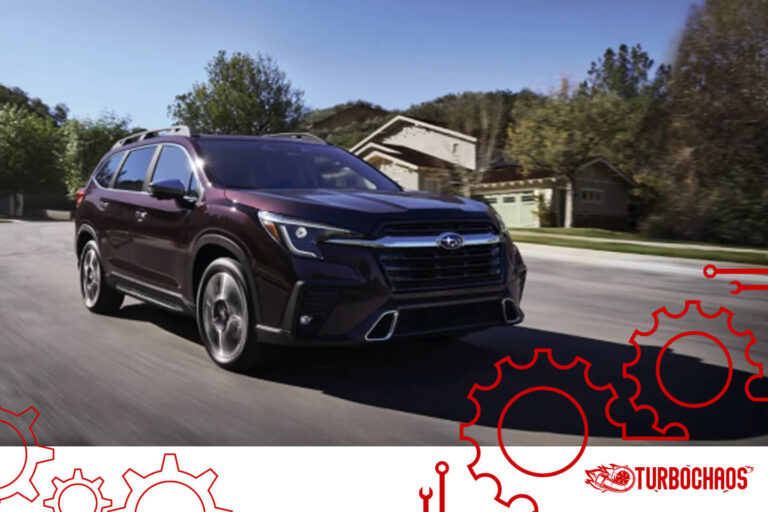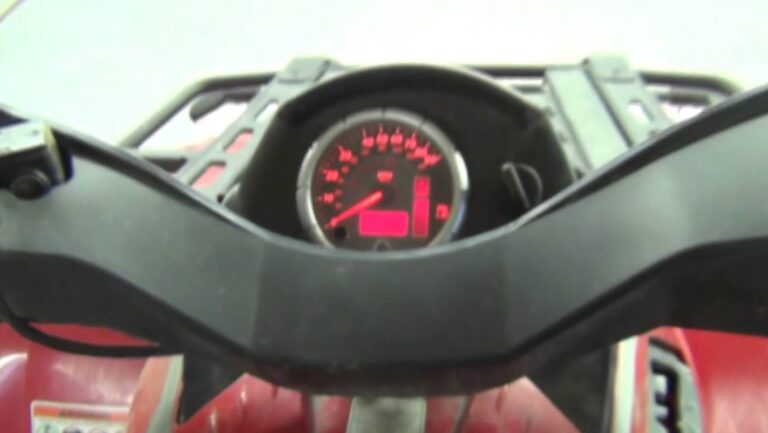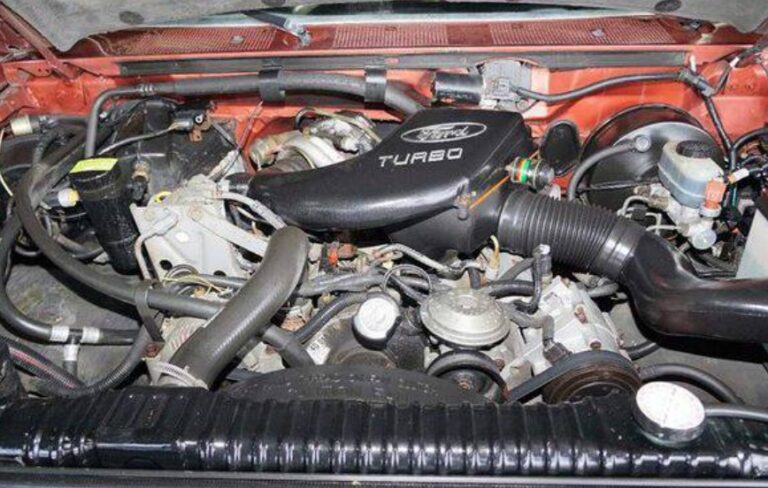How To Identify A 351 Cobra Jet Engine? Step By Step Guide
This article aims to provide information on How To Identify A 351 Cobra Jet Engine? Identifying a 351 Cobra Jet engine can be a thrilling yet challenging task for car enthusiasts and restorers. Renowned for its power and performance, the 351 Cobra Jet engine has a rich history in the automotive world. This article guides you through the intricate process of identification, focusing on unique characteristics, specifications, and historical context.
Key Takeaways
- Look for Engine Codes: Check for engine codes on the block, which are specific to the 351 Cobra Jet.
- Examine Physical Characteristics: Note the engine’s physical features like the shape of the cylinder heads and intake manifold.
- Historical Context: Understand the production years and models that used the 351 Cobra Jet.
- Performance Specs: Be aware of the engine’s performance specifications for accurate identification.
- Expert Consultation: Consider consulting with a Ford expert or joining enthusiast forums for additional insights.
How To Identify A 351 Cobra Jet Engine?
Identifying a 351 Cobra Jet engine involves a detailed inspection process, combining knowledge of specific engine characteristics with an understanding of Ford’s historical engine production. Here’s a comprehensive guide to identifying a 351 Cobra Jet Engine:
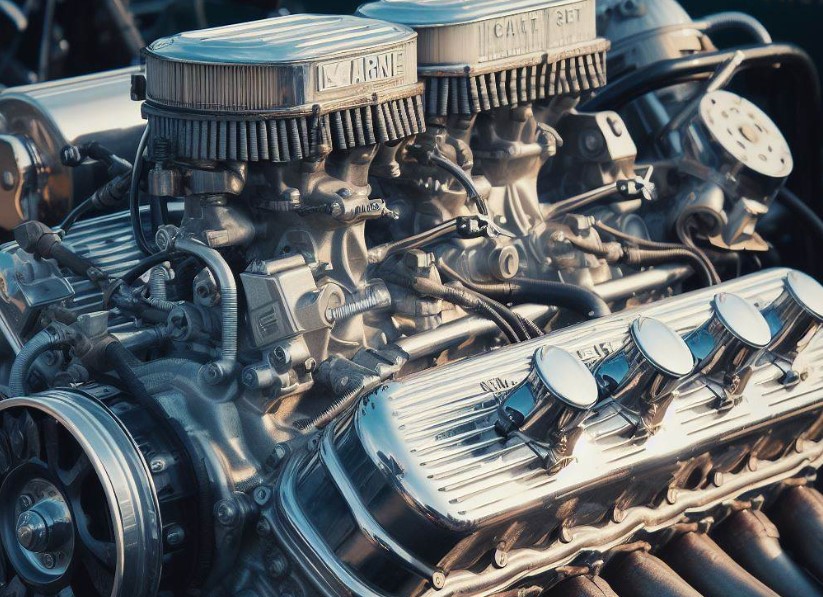
1. Locating and Deciphering Engine Codes
- Location: Engine codes for the 351 Cobra Jet are typically found on the engine block. Look for a stamp or a plate near the starter motor or at the rear of the engine.
- Deciphering: The code usually consists of a series of letters and numbers, indicating the engine series and specific type. For the 351 Cobra Jet, expect codes that specifically denote the Cobra Jet or CJ series.
2. Examining Physical Characteristics
- Cylinder Heads: The 351 Cobra Jet features distinct cylinder heads with larger intake and exhaust valves compared to standard 351 engines. Check the size and shape of the combustion chambers.
- Intake Manifold and Carburetor: This engine typically comes with a four-barrel carburetor. The design of the intake manifold and the type of carburetor can be significant indicators.
3. Checking Serial Numbers and Casting Dates
- Engine Block: Inspect the engine block for serial numbers and casting dates. These numbers can be cross-referenced with Ford’s production records to verify the engine’s origin and authenticity.
- Serial Numbers: Look for a sequence of letters and numbers that might indicate the factory of origin, production year, and engine specifics.
4. Understanding Historical Context
- Production Years: The 351 Cobra Jet was predominantly produced in the late 1960s and early 1970s. Knowing the specific years and the models that used this engine can aid in identification.
- Vehicle Models: Familiarize yourself with the models that commonly feature the 351 Cobra Jet, such as the Mustang, Torino, and Cougar.
5. Reviewing Performance Specifications
- Power Output: The 351 Cobra Jet was known for its high power output, often exceeding 300 horsepower. Understanding these specifications can help confirm an engine’s identity.
- Torque and Performance Feel: Consider the engine’s torque specifications and performance characteristics, which were distinct for the 351 Cobra Jet.
6. Consulting Experts and Enthusiast Forums
- Expert Consultation: Sometimes, the best way to confirm an engine’s identity is by consulting with a Ford engine expert or a mechanic familiar with classic muscle cars.
- Forums and Communities: Enthusiast forums can provide additional insights and information. These platforms often feature discussions and shared experiences related to identifying classic engines like the 351 Cobra Jet.
7. Checking for Modifications and Non-Original Parts
- Modifications: Be alert to any modifications that may have been made to the engine. Non-original parts can sometimes obscure the engine’s true identity.
- Original Parts: Verify that major components like the heads, intake manifold, and carburetor are original. This can involve checking part numbers against known Cobra Jet components.
8. Physical Inspection and Verification
- Physical Inspection: A thorough physical inspection of the engine is essential. This includes checking the condition of the components and looking for any wear or replacements that might indicate the engine’s history.
- Verification: Cross-referencing all gathered information with reliable sources, such as Ford’s historical records or recognized Cobra Jet registries, is a crucial step in the verification process.
By following these steps and paying close attention to the details, you can accurately identify a 351 Cobra Jet engine. Remember, each step is crucial in piecing together the engine’s history and authenticity.
Identifying Engine Codes
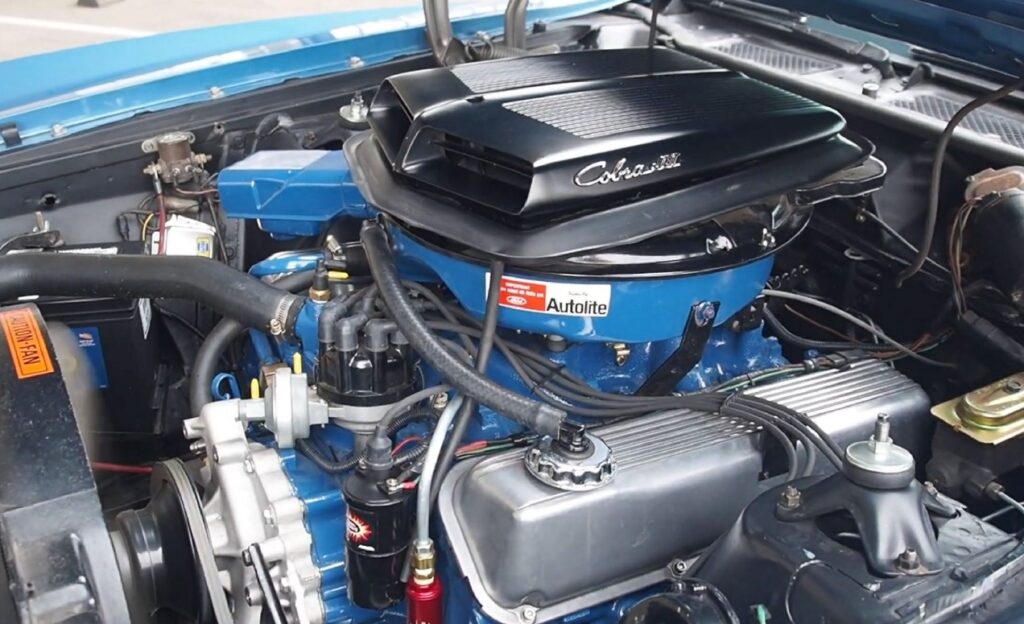
Locating the Engine Code
The most reliable method to identify a 351 Cobra Jet engine is by locating the engine code. These codes are stamped on the engine block and offer definitive proof of the engine’s identity.
Deciphering the Code
Understanding the alphanumeric structure of these codes is crucial. The first letter indicates the engine series, followed by numbers denoting the specific engine type. For the 351 Cobra Jet, look for codes starting with ‘CJ’ or ‘Cobra Jet’.
Physical Characteristics of the Engine
Cylinder Heads and Valvetrain
The 351 Cobra Jet is known for its unique cylinder heads. These heads have a specific shape and size that differ from other Ford engines. Pay attention to the valve arrangement and the shape of the combustion chamber.
Intake Manifold and Carburetor
Another distinguishing feature is the intake manifold. The 351 Cobra Jet often came with a four-barrel carburetor, which is a key identifier. The manifold’s design and the carburetor type can be telltale signs.
Historical Context and Production Years
The Era of the 351 Cobra Jet
Understanding the historical context is vital. The 351 Cobra Jet was primarily produced during the late 1960s and early 1970s. Knowing the specific models and years that housed this engine can significantly narrow down your search.
Models Featuring the 351 Cobra Jet
Ford installed the 351 Cobra Jet in several high-performance models. These include the Mustang, Torino, and Cougar, among others. Familiarizing yourself with these models will help in identifying engines specific to these vehicles.
Performance Specifications
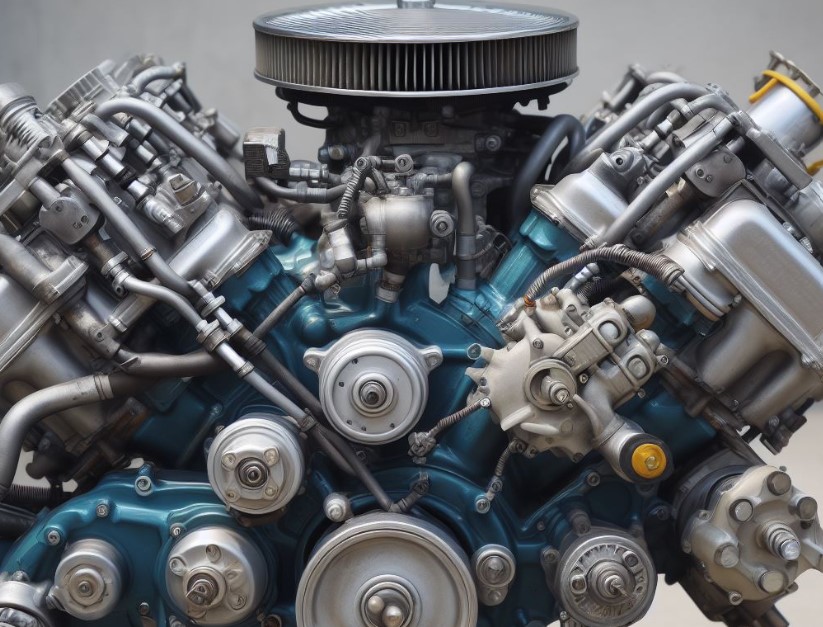
Power and Torque Output
The 351 Cobra Jet was famed for its impressive power output. Usually, it boasted over 300 horsepower and substantial torque. These specifications are key identifiers and can be cross-referenced with factory specs for confirmation.
Engine Dynamics and Response
The engine’s response and dynamics under various conditions also offer clues. The 351 Cobra Jet has a distinct performance feel, especially when compared to other engines of the same era.
Expert Consultation and Enthusiast Forums
Seeking Expert Advice
Sometimes, the best way to identify a 351 Cobra Jet is by consulting with a Ford expert. These individuals have extensive knowledge and experience that can be invaluable.
Engaging in Forums
Joining enthusiast forums and communities can provide additional insights. Members often share detailed information and personal experiences related to the 351 Cobra Jet.
Verifying Authenticity
Checking for Original Parts
The authenticity of a 351 Cobra Jet engine is significantly dependent on its original parts. Ensuring components like the block, heads, intake manifold, and carburetor are original is crucial. Look for factory stamps or part numbers that correspond to genuine Ford parts used in the Cobra Jet engines.
Signs of Modification or Replacement
Be wary of modifications or replacement parts. While these changes don’t necessarily negate the engine’s authenticity, they can affect its value and originality. Identifying non-original components requires a keen eye and sometimes, expert validation.
Engine Block and Serial Numbers
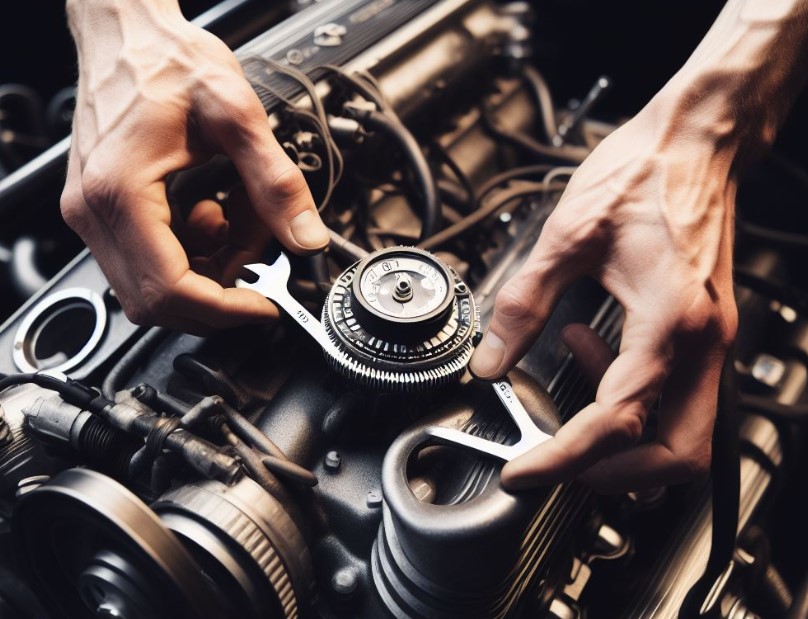
Understanding Engine Block Features
The engine block of the 351 Cobra Jet has specific features that set it apart. Pay attention to the casting numbers and dates on the block. These can usually be found near the starter motor or on the rear of the engine block.
Serial Number Significance
Serial numbers provide a direct link to the engine’s production details. These numbers can be cross-referenced with Ford’s production records to verify the engine’s authenticity and origin.
The serial number is typically a combination of letters and numbers, indicating the factory of origin, production year, and specific engine details.
Differences in Model Years
Variations Over the Years
Throughout its production, the 351 Cobra Jet underwent several changes. Understanding these year-to-year variations is key to accurate identification. For example, the early versions of the engine might have different carburetor setups or intake manifolds compared to later models.
Specific Year Identifiers
Certain years had unique identifiers, such as specific casting numbers or carburetor types. Being familiar with these changes helps in pinpointing the exact model year of the engine, which is particularly useful when dealing with engines that span multiple production years.
Examining Supporting Documentation
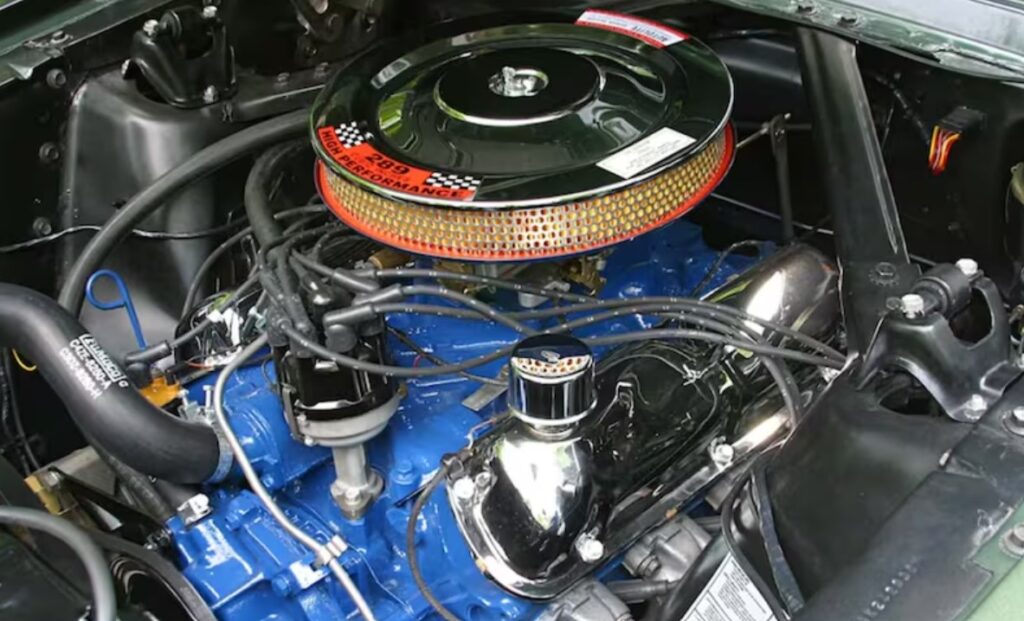
Importance of Provenance
Supporting documentation such as original build sheets, factory records, or ownership history can provide substantial evidence for identification. These documents often contain detailed information about the engine and can confirm its status as a 351 Cobra Jet.
Where to Find Documentation
Locating this documentation can be challenging. Often, car clubs, previous owners, or Ford’s historical archives can be sources for these valuable papers. Authentic documentation not only aids in identification but also enhances the engine’s historical and monetary value.
Performance Testing and Analysis
Dyno Testing for Performance Confirmation
Conducting a dyno test can reveal a lot about the engine’s condition and performance characteristics. The 351 Cobra Jet has distinct power and torque outputs, which can be measured and compared to factory specifications.
Analyzing Engine Response and Behavior
Beyond numbers, the engine’s response and behavior during testing can offer clues to its identity. The 351 Cobra Jet has a unique performance curve and response profile, especially when pushed to its limits.
What Is A 351 Cobra Jet Engine?
The 351 Cobra Jet Engine is a high-performance variant of the Ford 351 cubic inch (5.8L) V8 engine. Introduced in 1968, it quickly gained fame in the muscle car era, particularly for its robust power and efficiency.
What sets the 351 Cobra Jet apart is its enhanced performance features: a four-barrel carburetor, improved cylinder heads with larger intake and exhaust valves, and a higher compression ratio compared to the standard 351 engines.
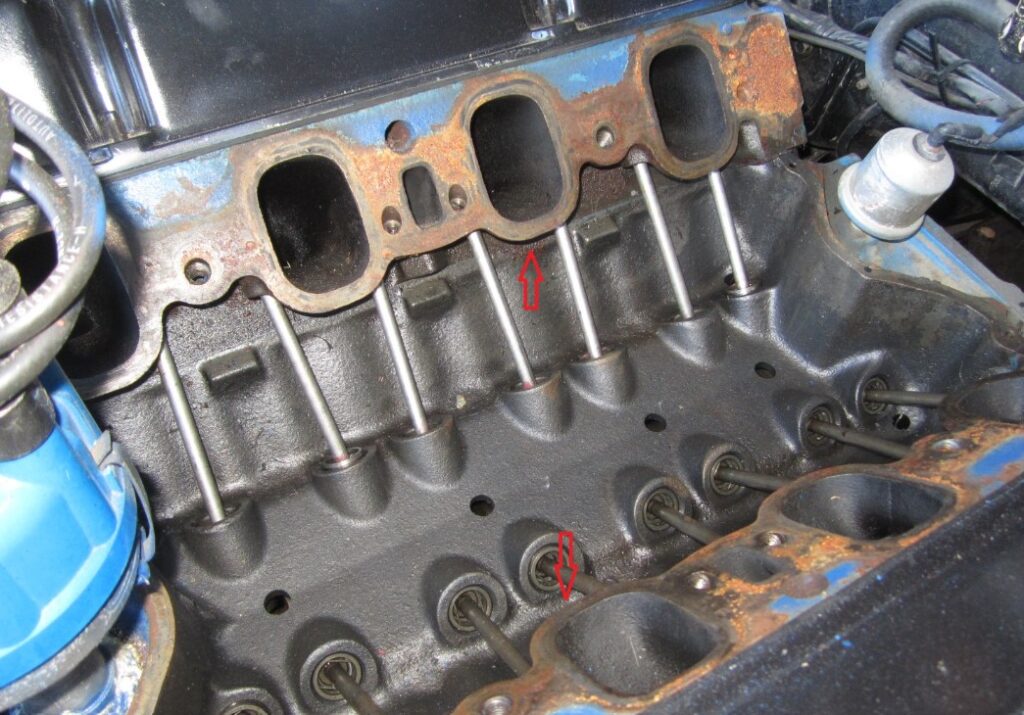
These enhancements were aimed at increasing horsepower and torque, making it a preferred choice for high-performance applications, especially in Ford’s Mustang, Torino, and Cougar models.
The engine was a part of Ford’s strategy to compete in the muscle car market, offering a balance between daily driving functionality and high-speed performance.
The 351 Cobra Jet was notable for its durability and ability to generate significant power without extensive modifications, a testament to Ford’s engineering during this period.
As a result, it has become a sought-after engine for car enthusiasts and collectors, symbolizing an era when horsepower and engine size were key indicators of a car’s performance and appeal.
What Makes A Ford Engine A Cobra Jet?
A Ford engine is designated as a Cobra Jet primarily due to specific modifications and enhancements that significantly boost its performance beyond the standard engine offerings.
The term “Cobra Jet” itself is associated with Ford’s range of high-performance V8 engines that were developed during the late 1960s and early 1970s. Key features that characterize a Cobra Jet engine include:
- Enhanced Powertrain Components: This includes upgraded cylinder heads with larger intake and exhaust valves, a high-lift camshaft, and a four-barrel carburetor. These modifications allow for increased airflow and fuel delivery, translating to higher power output.
- Higher Compression Ratio: Cobra Jet engines typically have a higher compression ratio than standard engines, which contributes to improved engine efficiency and power.
- Unique Engine Codes and Identifiers: Each Cobra Jet engine carries specific engine codes and casting numbers that distinguish it from other Ford engines. These identifiers are crucial for authentication and are often used by enthusiasts and restorers to verify the engine’s authenticity.
- Application in Performance Vehicles: Cobra Jet engines were often installed in Ford’s high-performance models, like the Mustang Mach 1, Torino GT, and others, marking them as vehicles designed for superior speed and power.
The Cobra Jet engines represent a significant part of Ford’s muscle car legacy, embodying the company’s commitment to performance and innovation during that era. Their continued popularity among car enthusiasts underscores their impact and the ongoing interest in this golden age of American muscle cars.
How To Identify 428 Cobra Jet?
Identifying a 428 Cobra Jet, another high-performance engine from Ford, involves several key steps. Introduced in 1968, the 428 Cobra Jet was designed as a more powerful alternative to the 390 and 427 engines, primarily for use in Mustangs and other performance-oriented models. To accurately identify a 428 Cobra Jet, consider the following points:
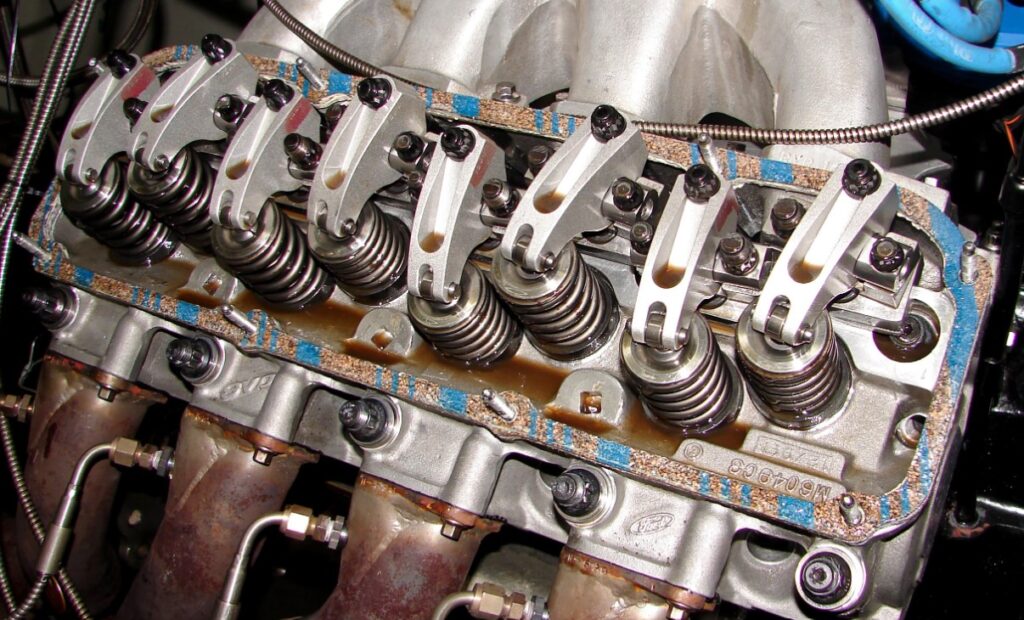
- Engine Codes and Casting Numbers: Each 428 Cobra Jet has unique casting numbers and engine codes. Typically, these are found on the engine block and can be used to verify the engine’s authenticity. For instance, the code ‘CJ’ is often associated with these engines.
- Physical Characteristics: The 428 Cobra Jet features a larger intake manifold and carburetor than its smaller counterparts. It also has distinctive cylinder heads with improved porting and larger valves, specifically designed to increase airflow and performance.
- Vehicle Application: The 428 Cobra Jet was primarily used in Ford Mustangs, including the GT and Mach 1 models, and in other Ford performance cars of the era like the Fairlane and Torino. Knowing the vehicle models that originally came with this engine can help in identification.
- Performance Specifications: The 428 Cobra Jet was known for its impressive horsepower and torque. It was rated at around 335 horsepower, but actual output is often considered higher. These performance characteristics are distinct and can be a clue in identification.
To ensure accuracy, it’s recommended to cross-reference these identifiers with reliable sources or consult with Ford muscle car experts.
What Year Did The Cobra Jet Engine Come Out?
The Cobra Jet engine, a term synonymous with high performance in the Ford lineup, made its debut in 1968. This was a period marked by intense competition in the American muscle car market, with manufacturers vying to produce the most powerful and performance-driven vehicles.
The introduction of the Cobra Jet engine was Ford’s response to this competition, offering an engine that combined high power output with street drivability.
Initially, the 428 Cobra Jet engine was launched in mid-1968, debuting in the Mustang and quickly gaining a reputation for its impressive performance.
This was followed by the introduction of the 429 Cobra Jet and Super Cobra Jet engines in 1969, further solidifying Ford’s position in the high-performance car segment.
The Cobra Jet engines quickly became a hallmark of Ford’s muscle cars, representing a blend of engineering prowess and a commitment to performance that resonated with car enthusiasts.
The release of these engines marked a significant moment in automotive history, as they greatly contributed to the muscle car era’s legacy and influenced future generations of high-performance vehicles.
Conclusion
In conclusion, identifying a 351 Cobra Jet engine involves a comprehensive approach, combining knowledge of engine codes, physical characteristics, historical context, and performance specifications.
Whether you’re a seasoned collector or a new enthusiast, understanding these elements will enhance your ability to accurately identify this iconic engine. The journey of identification is not just about the engine itself but also about connecting with a significant piece of automotive history.
People Also Ask
What distinguishes the 351 Cobra Jet from other 351 engines?
The 351 Cobra Jet features unique aspects like a four-barrel carburetor, larger intake valves, and a specific camshaft profile that differs from standard 351 engines. These components contribute to its higher power output and distinct performance characteristics.
How can I verify if my engine is an original 351 Cobra Jet?
Check for specific engine codes on the block, usually located near the starter motor or on the back of the engine. These codes should match those known for the 351 Cobra Jet. Also, look for original parts and casting numbers consistent with those used in Cobra Jet engines.
Can I identify a 351 Cobra Jet based on external features alone?
While external features like the shape of the cylinder heads and the intake manifold can provide clues, they are not definitive. Authentic identification requires a closer inspection of engine codes, casting numbers, and original components.
Were there any changes in the 351 Cobra Jet during its production years?
Yes, there were changes in carburetor types, intake manifolds, and even slight alterations in the casting process over the years. These variations are crucial for identifying the specific model year of a 351 Cobra Jet engine.
What horsepower and torque did the 351 Cobra Jet originally produce?
The 351 Cobra Jet was rated at approximately 300 horsepower and 380 lb-ft of torque. However, these numbers could vary slightly based on the model year and factory specifications.

Welcome to the exhilarating world of Matt Rex, a professional car racer turned renowned vehicle enthusiast. Immerse yourself in his captivating blog as he shares heart-pounding adventures, expert reviews, and valuable insights on cars, trucks, jets, and more. Fuel your passion for speed and discover the beauty of vehicles through Matt’s engaging stories and meticulous expertise. Join the ever-growing community of enthusiasts who find inspiration and expert advice in Matt Rex’s blog—a digital hub where the thrill of speed meets the pursuit of knowledge.

![What Does A Turbo Silencer Ring Do? [Explained]](https://www.turbochaos.com/wp-content/uploads/2023/12/What-Does-A-Turbo-Silencer-Ring-Do-768x694.jpg)
